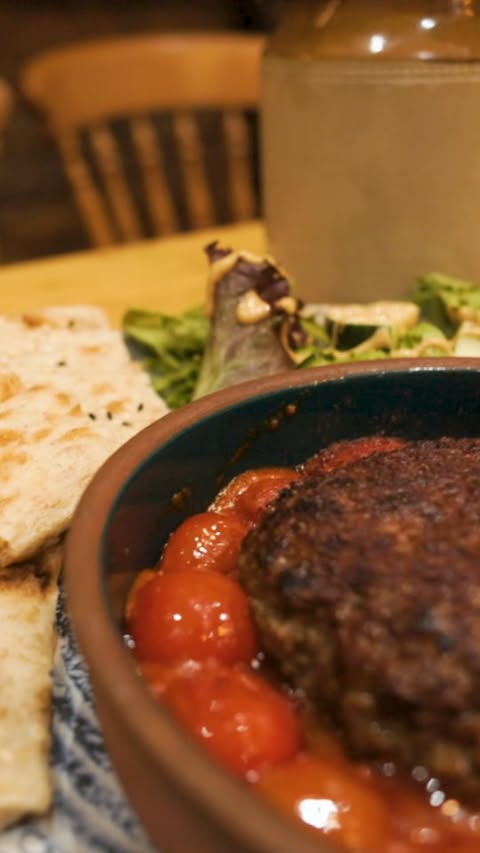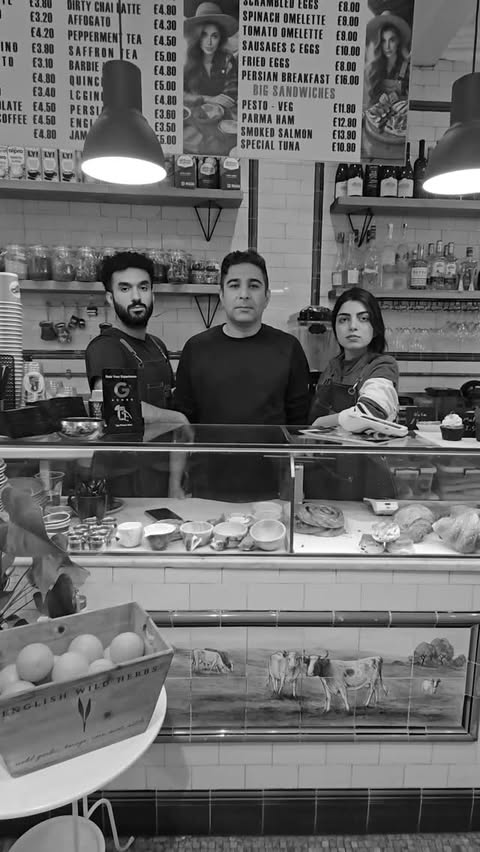
Introduction
The culinary world of the 19th and 20th centuries was rich and diverse, especially in the realm of farmers' breakfasts, brunches, and traditional drinks. These meals, deeply rooted in agricultural practices and regional produce, offer a fascinating glimpse into the daily lives of farmers across different countries. This article delves into some of these unique and traditional food and beverage customs, exploring how they reflect the local culture, resources, and culinary heritage.
Europe: Rustic Charm and Hearty Fare
The English Ploughman’s Breakfast
In England, the ploughman’s breakfast was a staple among farmers. This hearty meal typically included thick slices of crusty bread, chunks of cheddar cheese, and a helping of pickles or chutney. To wash it down, farmers often enjoyed a pint of robust ale, even in the early hours, providing much-needed calories for the day's labour.
French Farmer’s Petit Déjeuner
French farmers in the rural regions favoured a simple yet satisfying petit déjeuner. Freshly baked bread, often a baguette, slathered with butter and homemade jam, accompanied by a strong cup of coffee, was the norm. This light breakfast provided the necessary energy without being overly heavy.

Asia: A Blend of Simplicity and Rich Flavors
Japanese Miso Soup and Rice
In Japan, farmers started their day with a more umami-driven breakfast. A bowl of miso soup, often containing tofu and seaweed, paired with steamed rice, pickles, and sometimes a small portion of fish, provided a balanced and nutritious start to the day.
Indian Masala Chai and Paratha
Indian farmers in rural areas often began their mornings with a cup of masala chai, a spiced tea with milk. This was usually accompanied by parathas (flatbreads) stuffed with vegetables or paneer, offering a filling and flavoursome breakfast.

Americas: Hearty and Diverse Influences
American Farmer’s Breakfast
In the United States, particularly in the Midwest, the farmer's breakfast was a substantial affair. It typically included eggs, bacon or sausage, pancakes or biscuits, and a cup of strong coffee. This meal was designed to sustain farmers through long hours of physical work.
Mexican Desayuno Campesino
Mexican farmers often enjoyed a Desayuno campesino, consisting of items like huevos rancheros (fried eggs on tortillas with tomato-chilli sauce), refried beans, and tortillas. A cup of café de olla (traditional Mexican coffee) added the perfect finishing touch.

Africa: Rich in Tradition and Flavor
Ethiopian Ful Medames and Tej
In Ethiopia, ful medames, a stew made from fava beans, served with injera (sour flatbread), was a common start to the day. Tej, a honey wine, was sometimes consumed as a traditional drink, though more commonly in social settings than at breakfast.

Conclusion
The 19th and 20th centuries showcased an array of breakfast and brunch traditions among farmers worldwide. These meals, steeped in cultural significance and practical necessity, highlight the diversity and richness of culinary practices across different regions. From the hearty English ploughman’s breakfast to the balanced flavours of a Japanese morning meal, these traditional foods and drinks offer a delicious window into the past.












